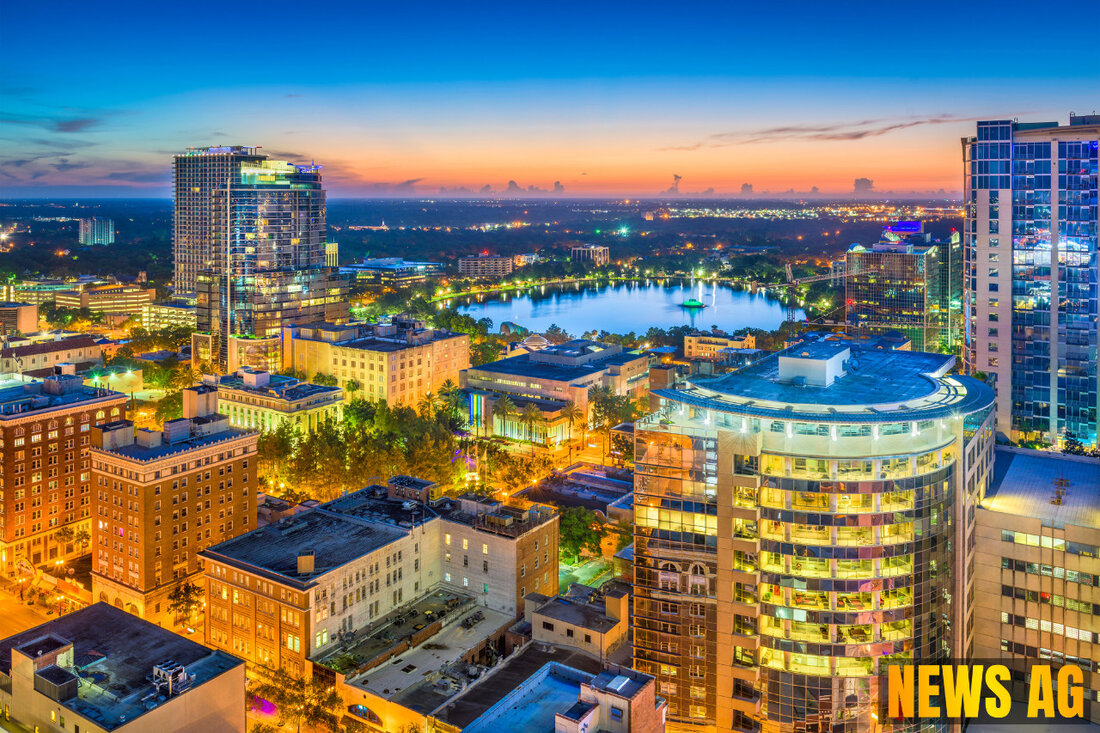Horseshoe Crab Skeletons Take Over New York Beaches This Summer!
Discover the rise of horseshoe crab exoskeletons on East Coast beaches this August, highlighting their unique molting season.

Horseshoe Crab Skeletons Take Over New York Beaches This Summer!
As Florida’s east coast welcomes beachgoers, an unusual sight is emerging along the shores. Visitors have begun encountering what appear to be numerous „skeletons“ littering the sand, but fear not—these are not signs of death. Instead, they are the exoskeletons of horseshoe crabs undergoing a natural molting process. According to CNY News, this fascinating occurrence highlights the rhythm of life along our coasts.
The season for molting stretches from late August to September, and it’s during this time that horseshoe crabs shed their hard exoskeletons, leaving behind empty shells that wash ashore. These ancient creatures have been on Earth for over 400 million years—long outliving dinosaurs—and they continue to play a vital role in marine ecosystems.
A Living Fossil
The horseshoe crab, scientifically known as Limulus polyphemus, is quite a remarkable invertebrate. Not only is it millions of years old, but it also boasts a unique biology. Despite its name, it is more closely related to scorpions and spiders than to true crabs, as detailed by the National Wildlife Federation. These fascinating critters walk on the seafloor using ten legs, while a powerful exoskeleton offers protection as they navigate their underwater world.
Horseshoe crabs are typically found along the Atlantic coast of North America—from the East Coast all the way down to the Gulf Coast and even extending to Mexico, according to the Smithsonian National Zoo. They lay their eggs on sandy beaches during late spring and summer, with remarkable breeding events occurring during full moons and new moons.
The Lifespan and Role in the Ecosystem
Interestingly, these crustaceans undergo around 16 to 17 molts over approximately a decade before reaching adulthood, and they can live for over 20 years! This longevity allows them to play a keystone role in their habitat. The eggs serve as a crucial food source for various birds, turtles, and fish, underscoring their importance in coastal ecosystems.
While the sight of exoskeletons may seem alarming, the evidence suggests a healthy population. Recent reports of dead horseshoe crabs on the beaches have been linked to their molting rather than mass deaths, a misunderstanding that can easily arise when faced with such natural phenomena. Snapping turtles, one of the oldest species in New York that have existed for roughly 90 million years, might also cross paths with these crabs, creating a vibrant tapestry of life along the shore.
As the warm tides continue to invite beachgoers, it’s worthwhile to take a moment to appreciate these incredible creatures. The next time you spot one of those empty shells glimmering on the sand, remember: what you’re witnessing is not a relic of the past but a testament to survival through the ages. Let’s celebrate horseshoe crabs and their unique place in our coastal ecosystems, allowing us to connect with the impressive history of life on Earth.

 Suche
Suche
 Mein Konto
Mein Konto